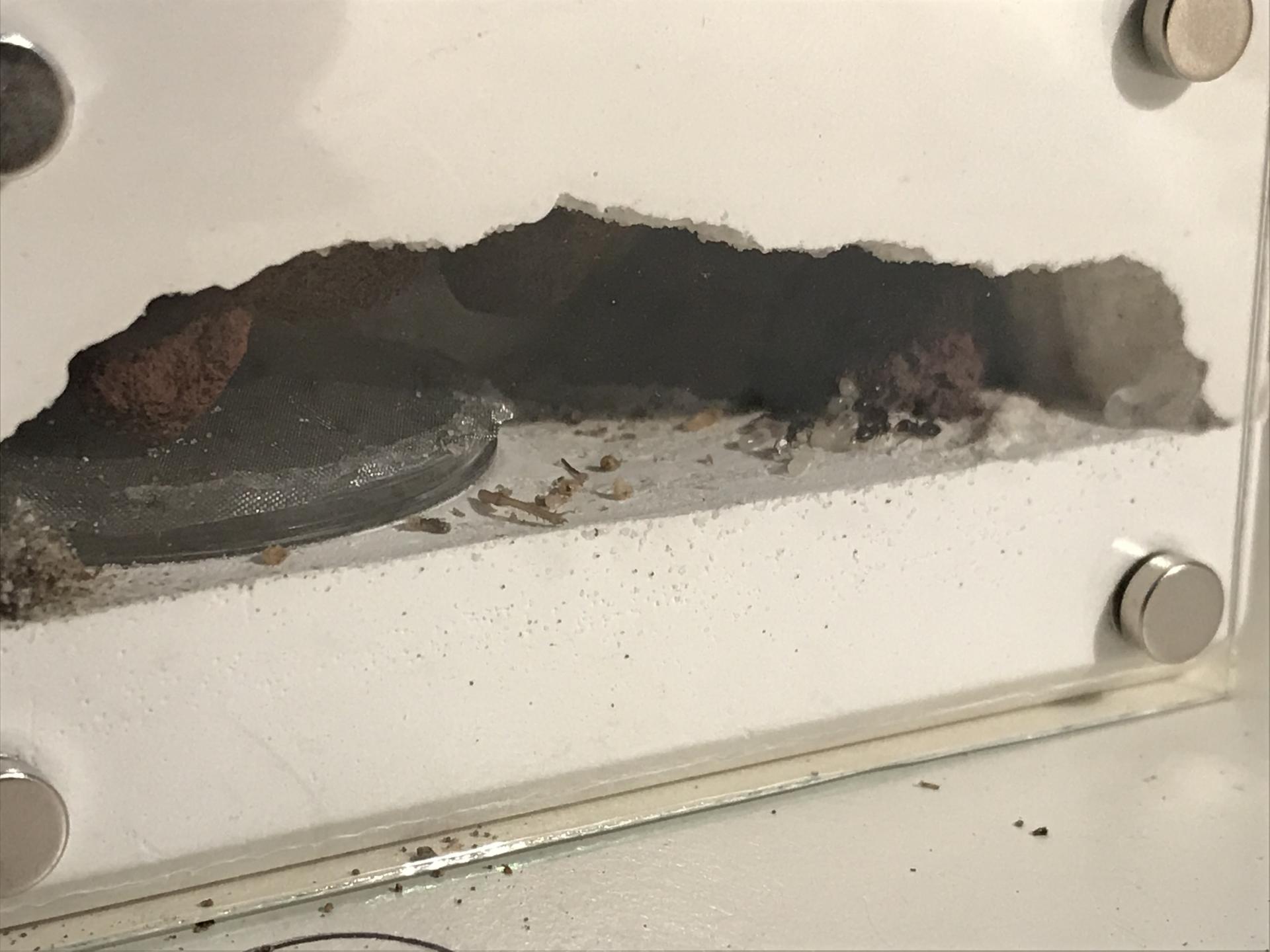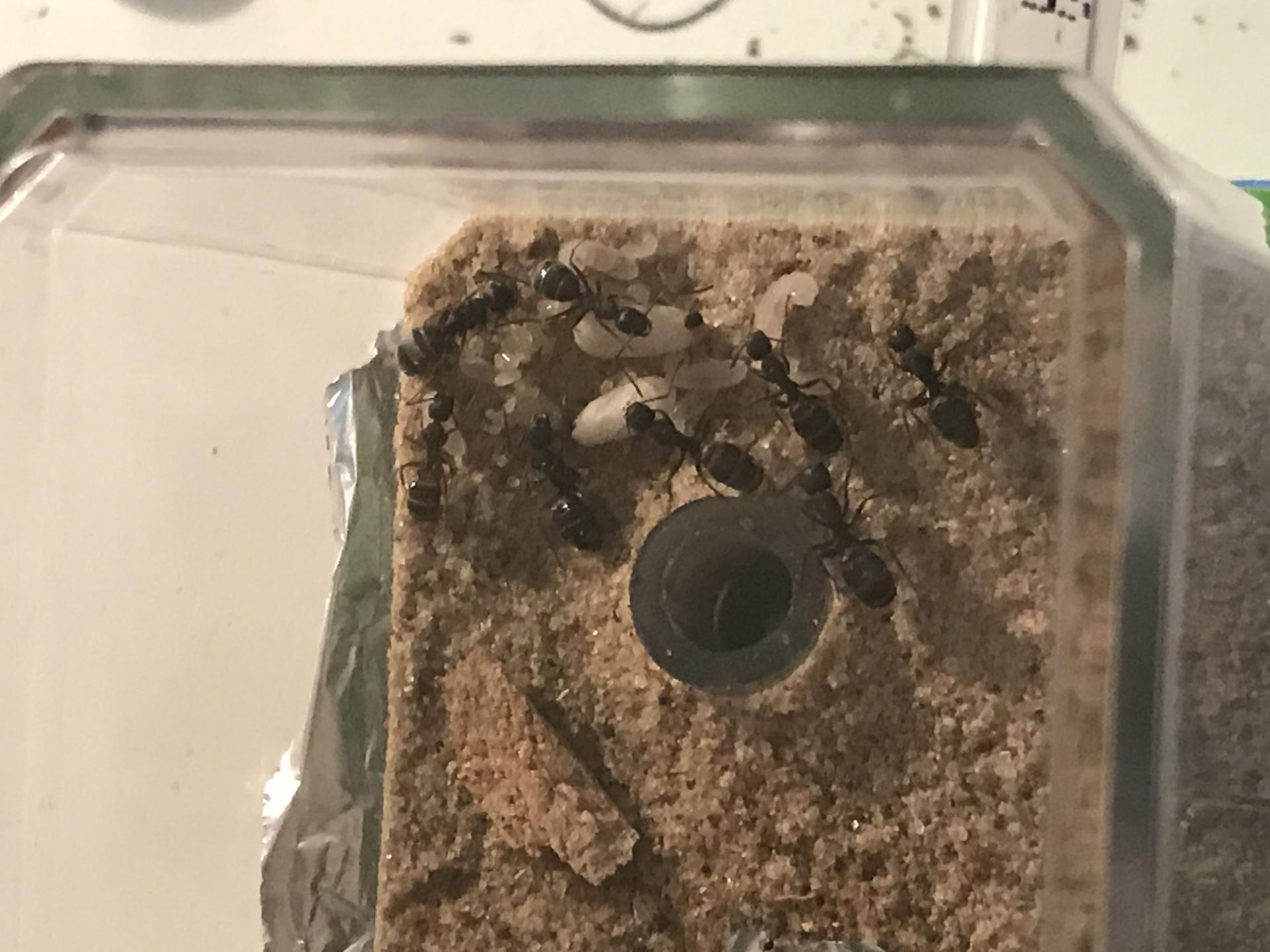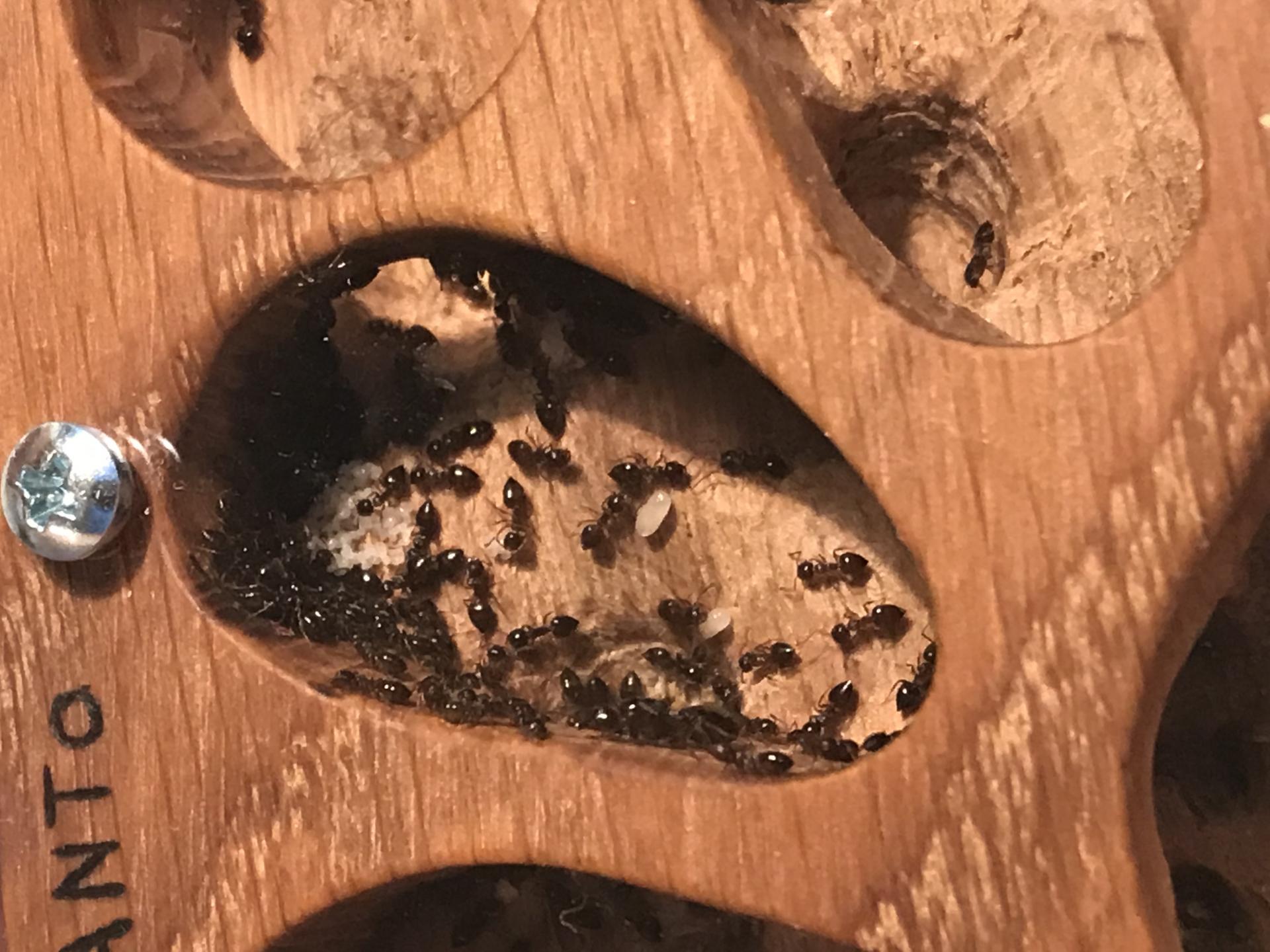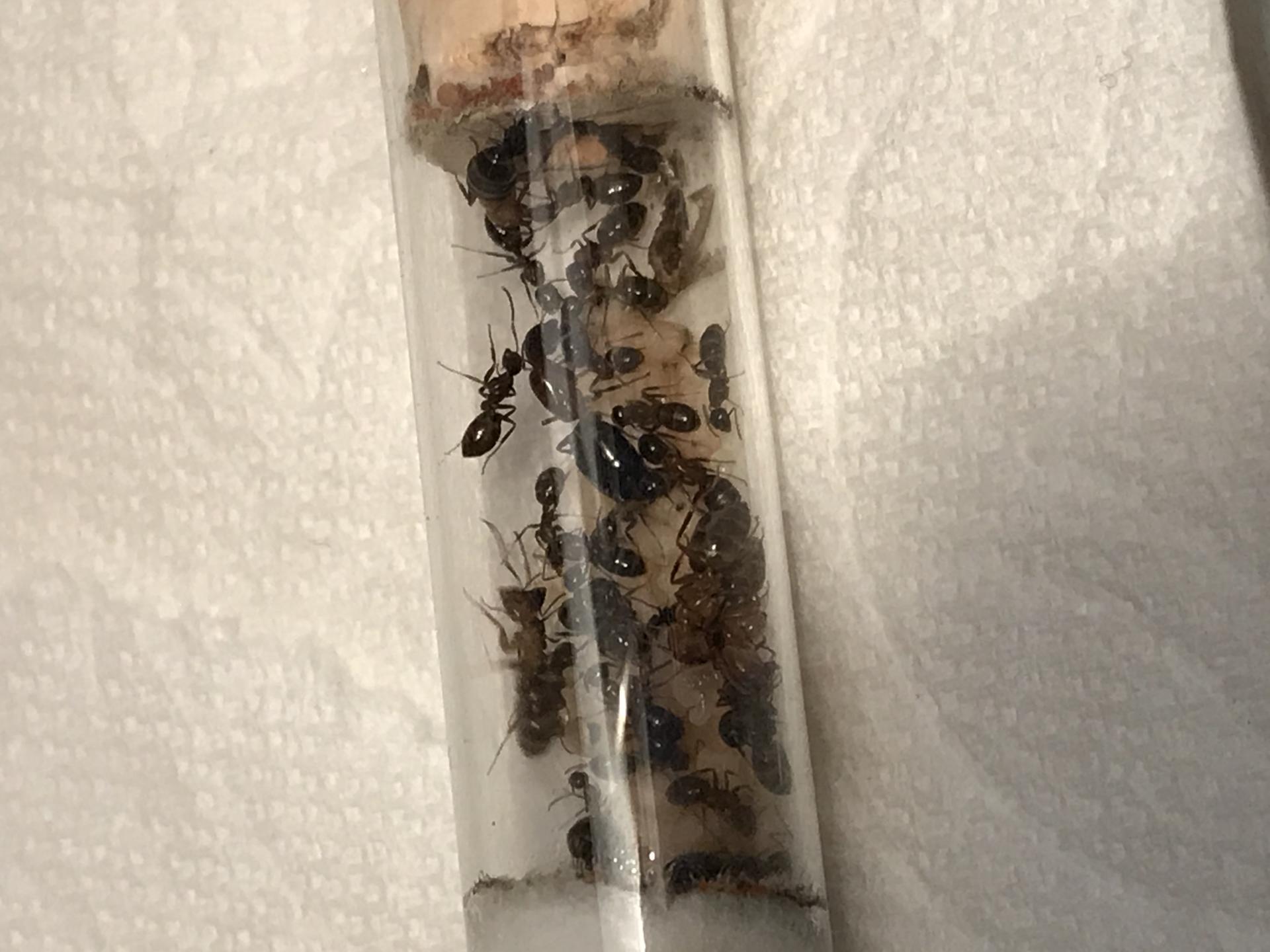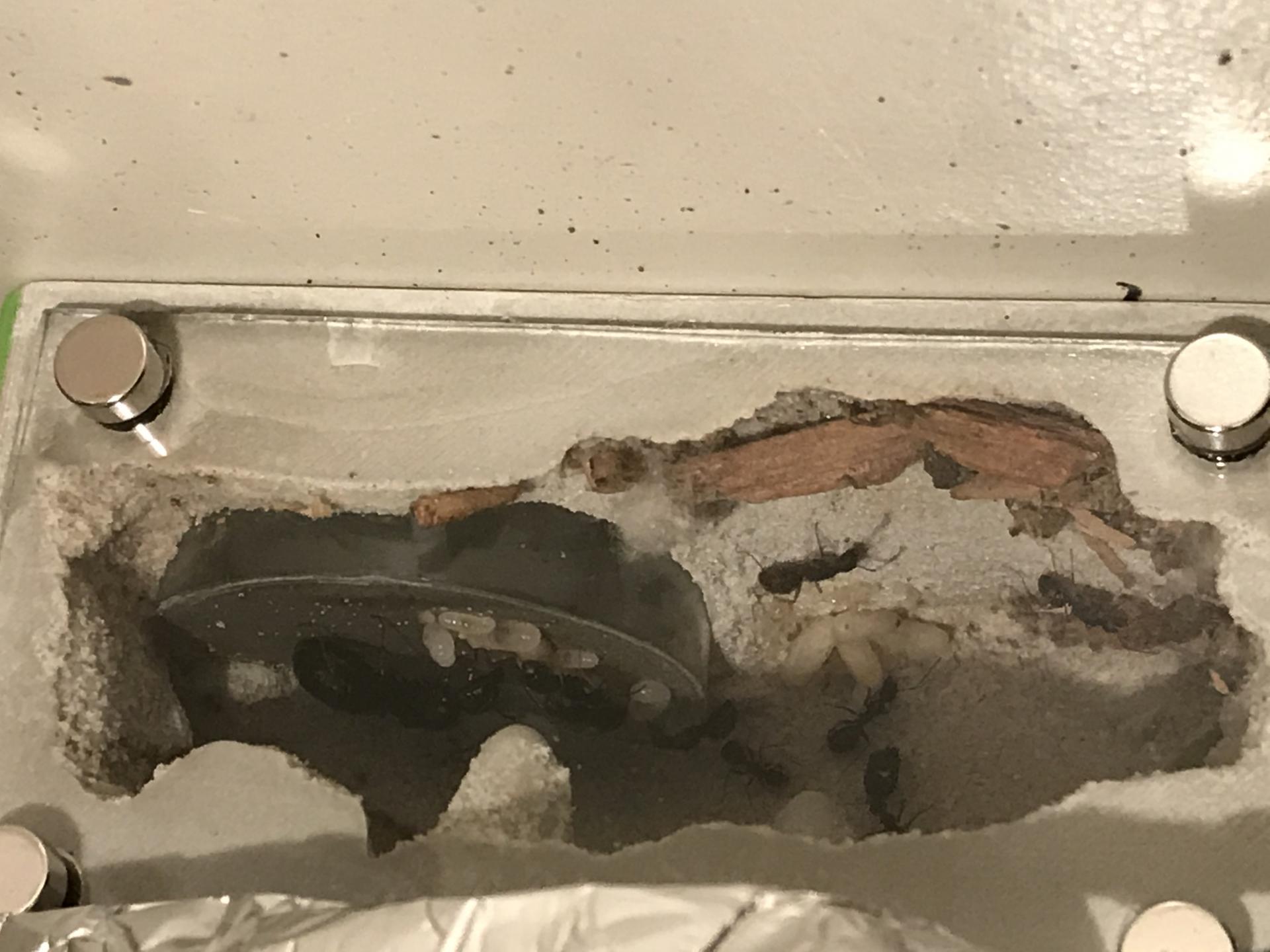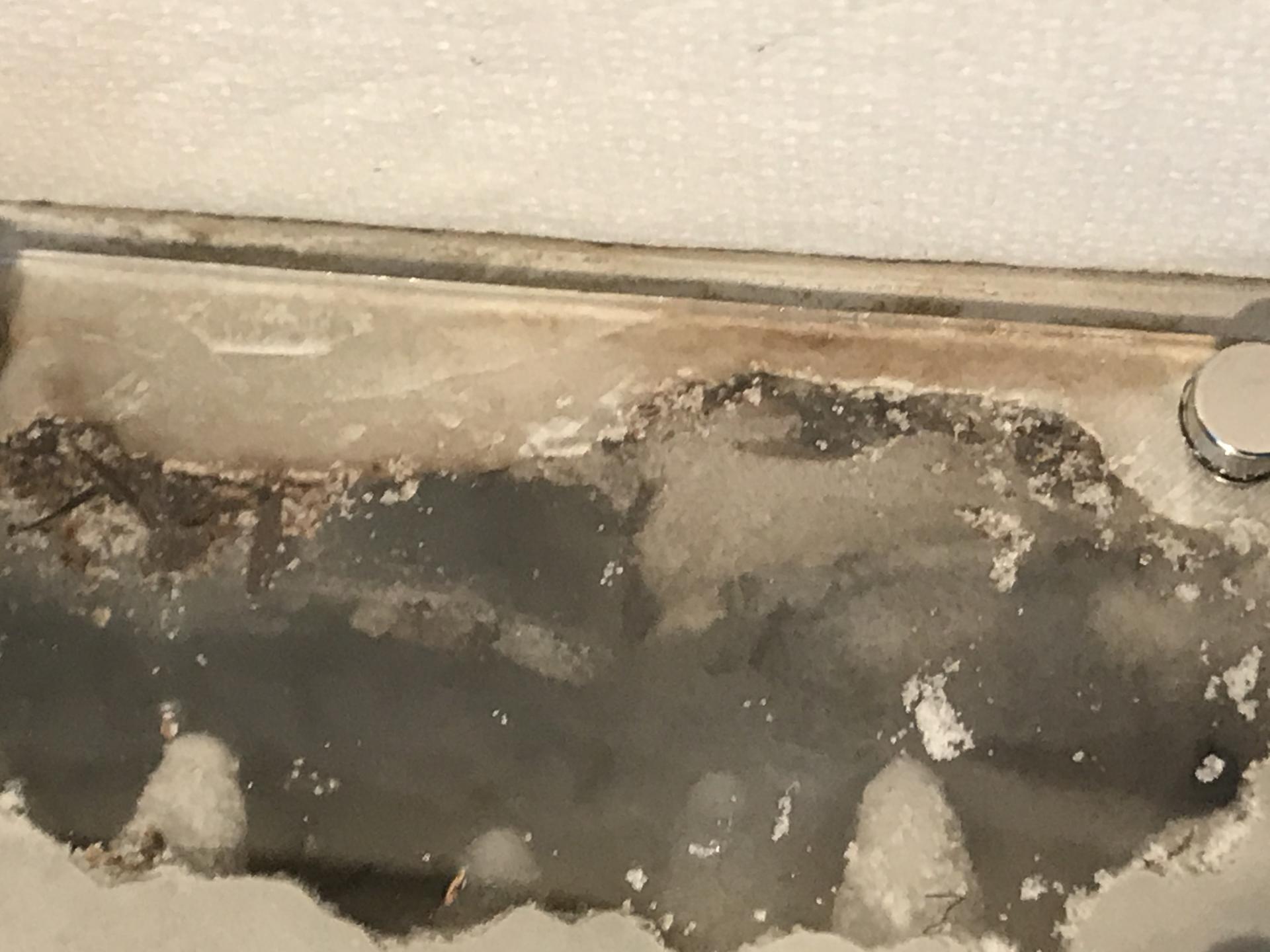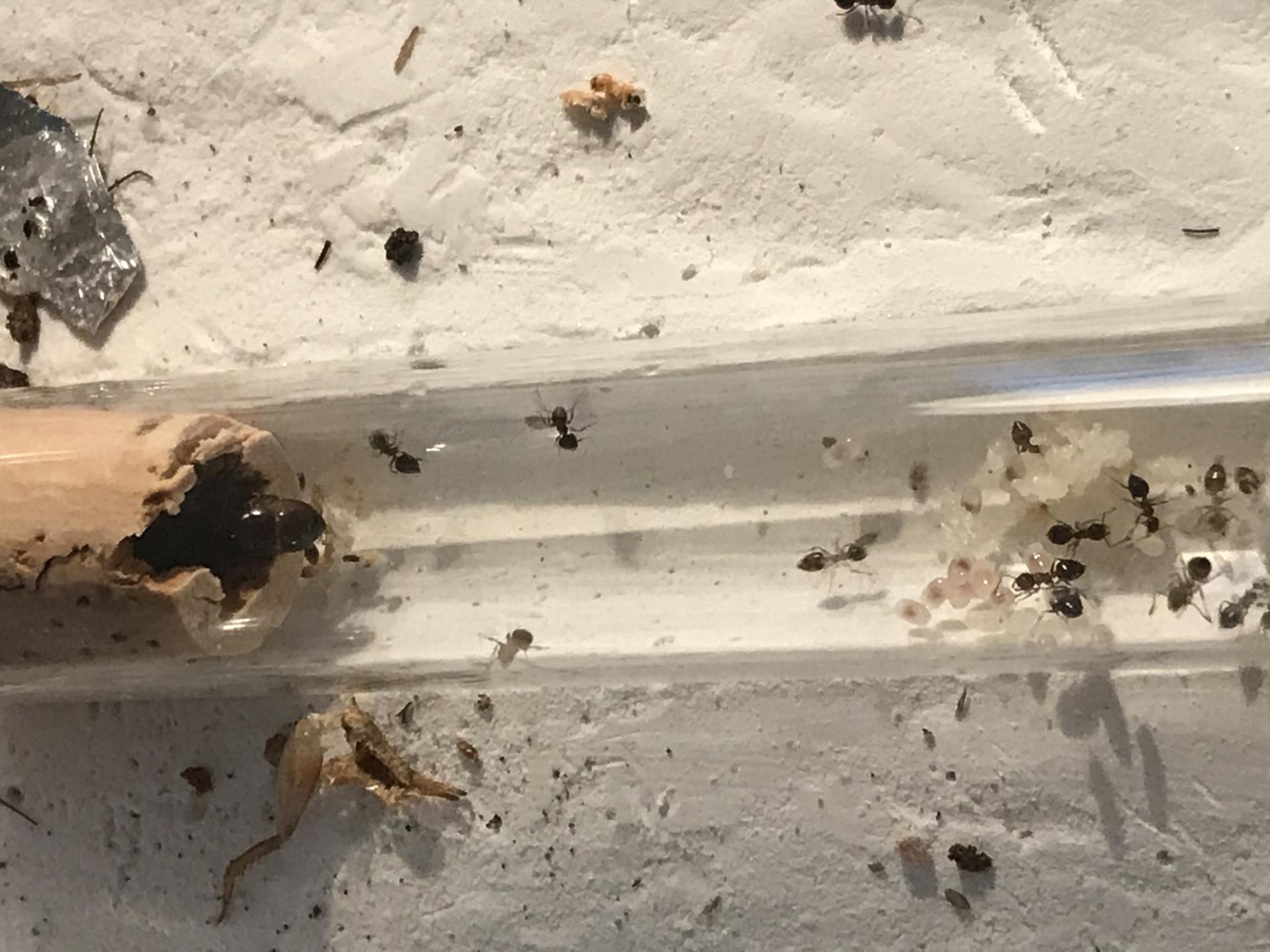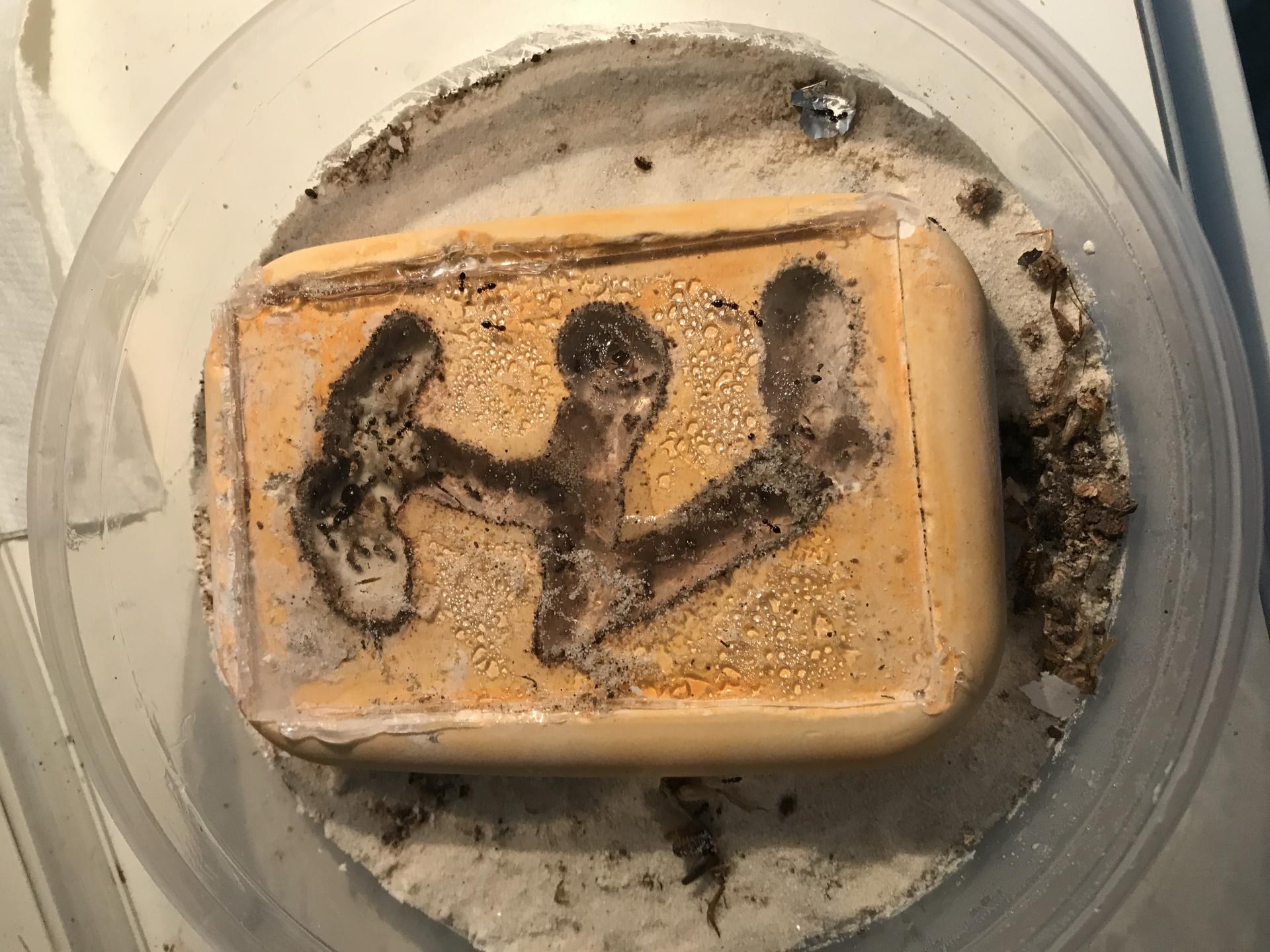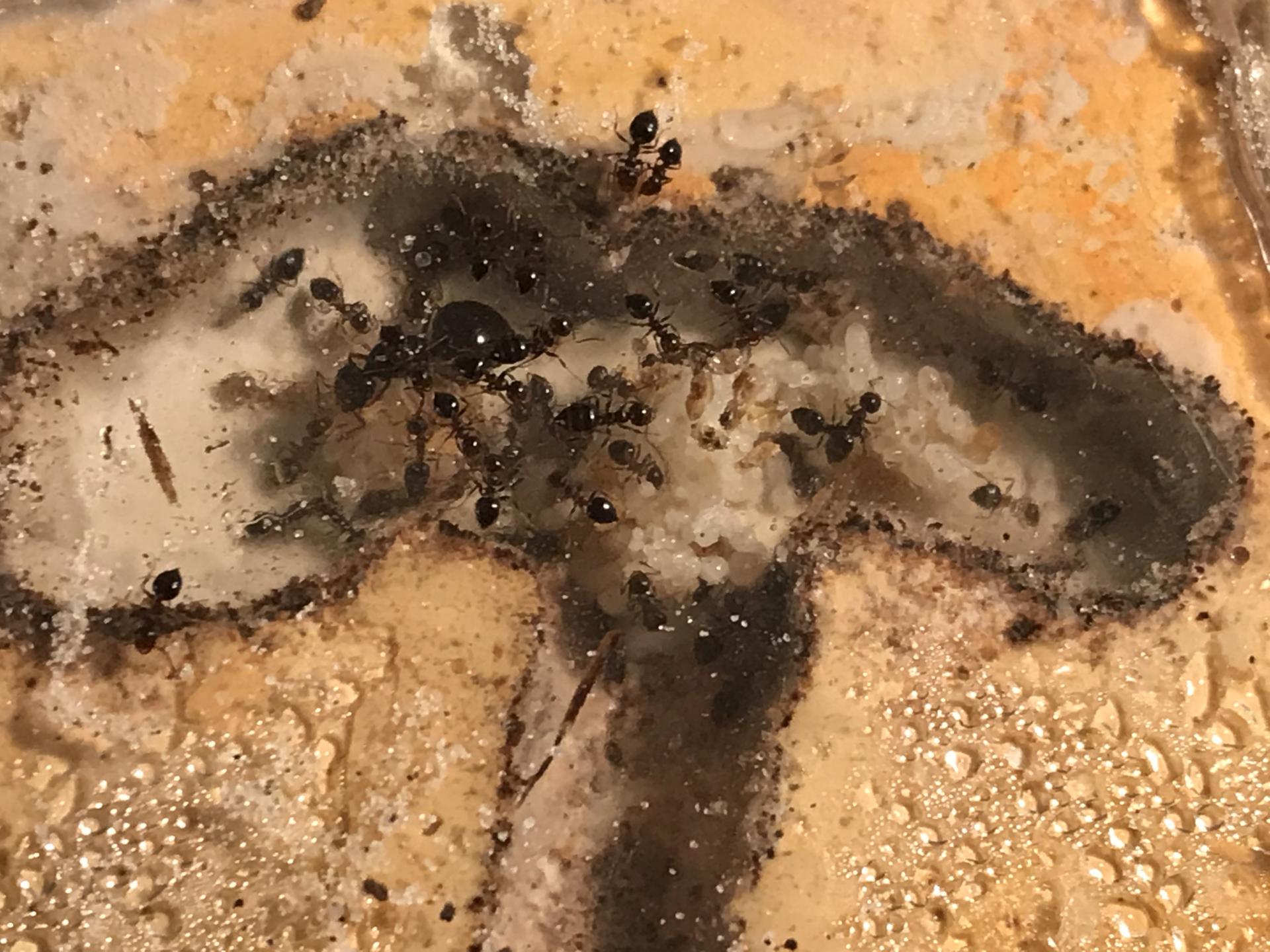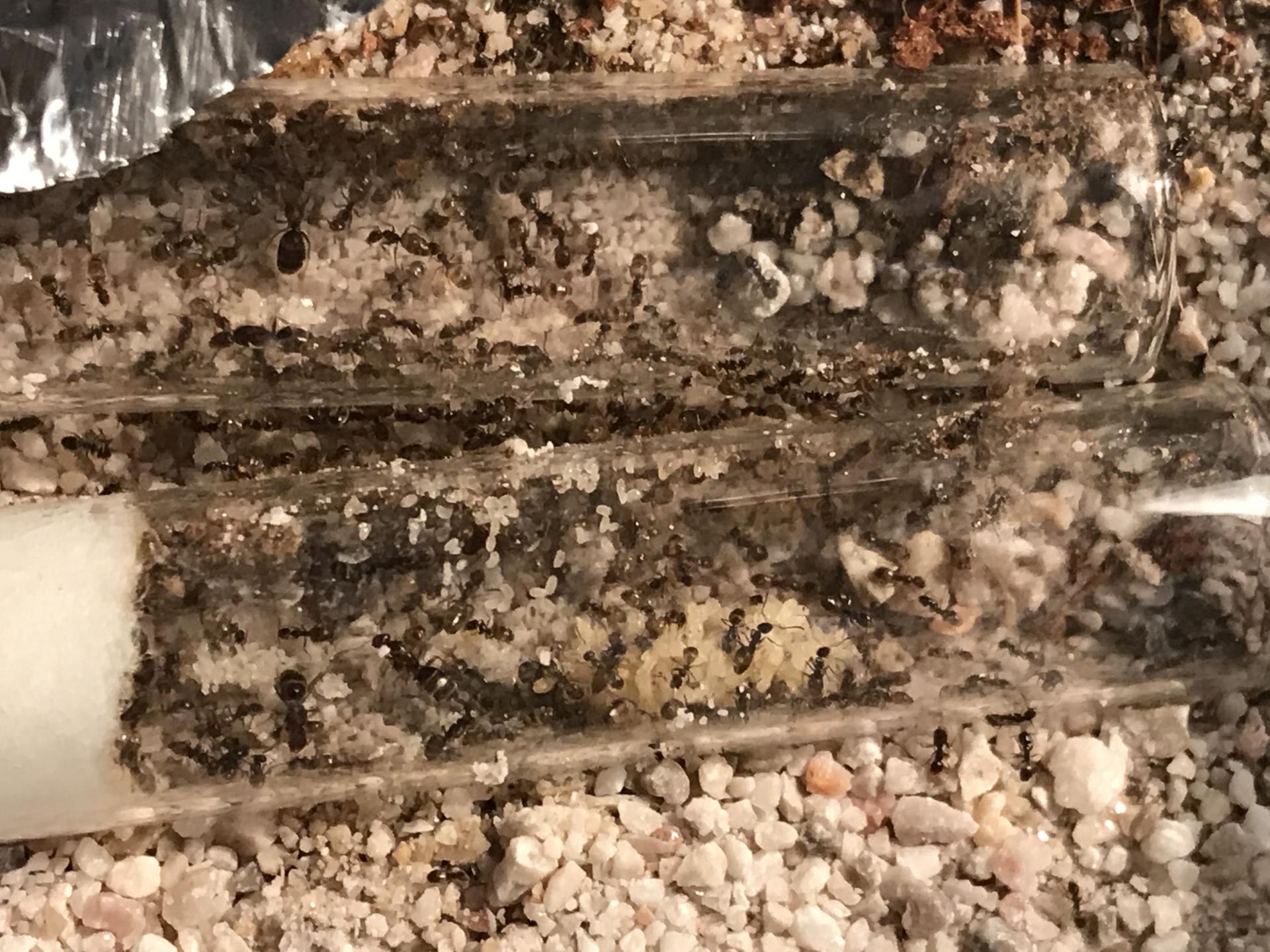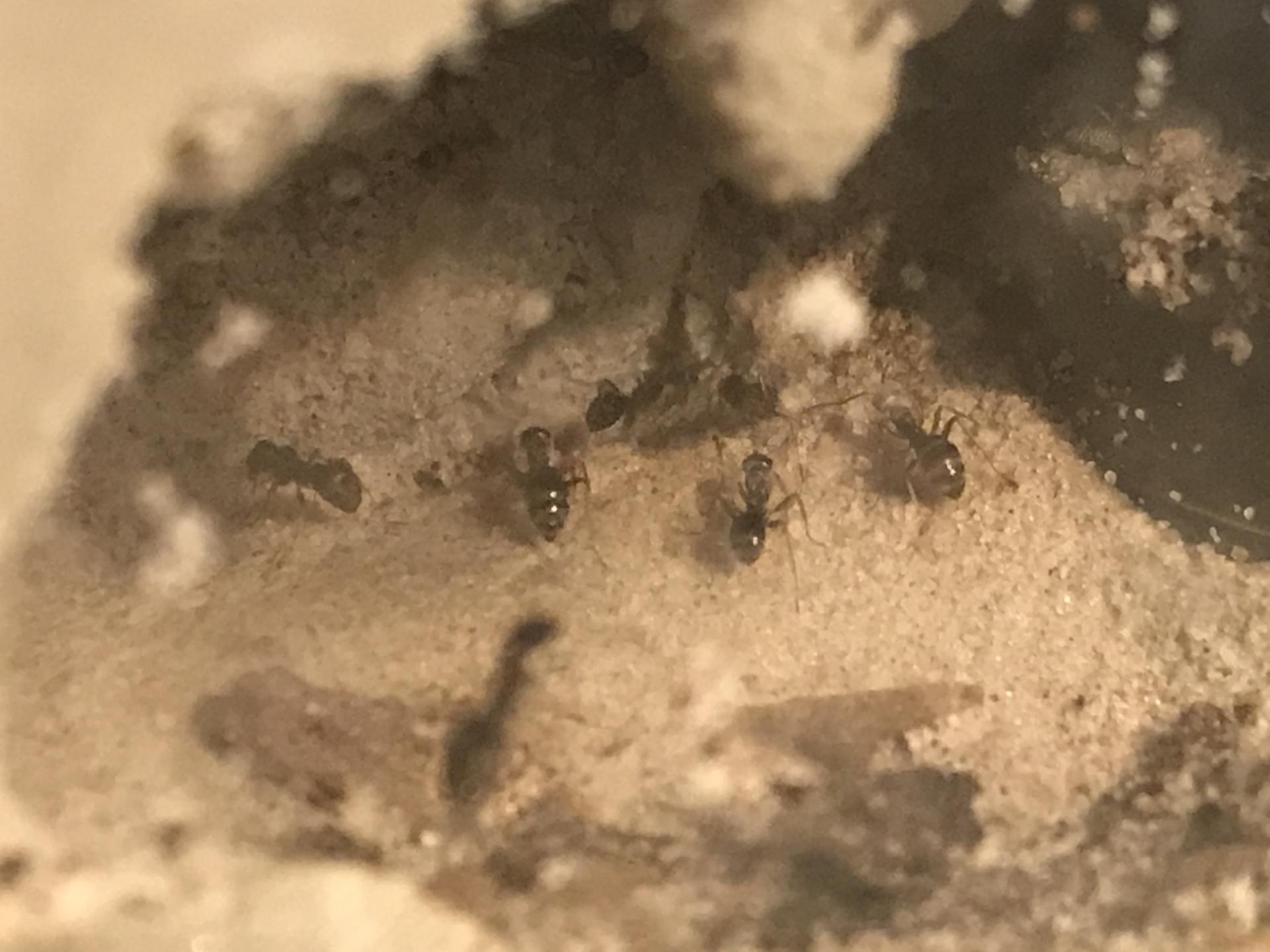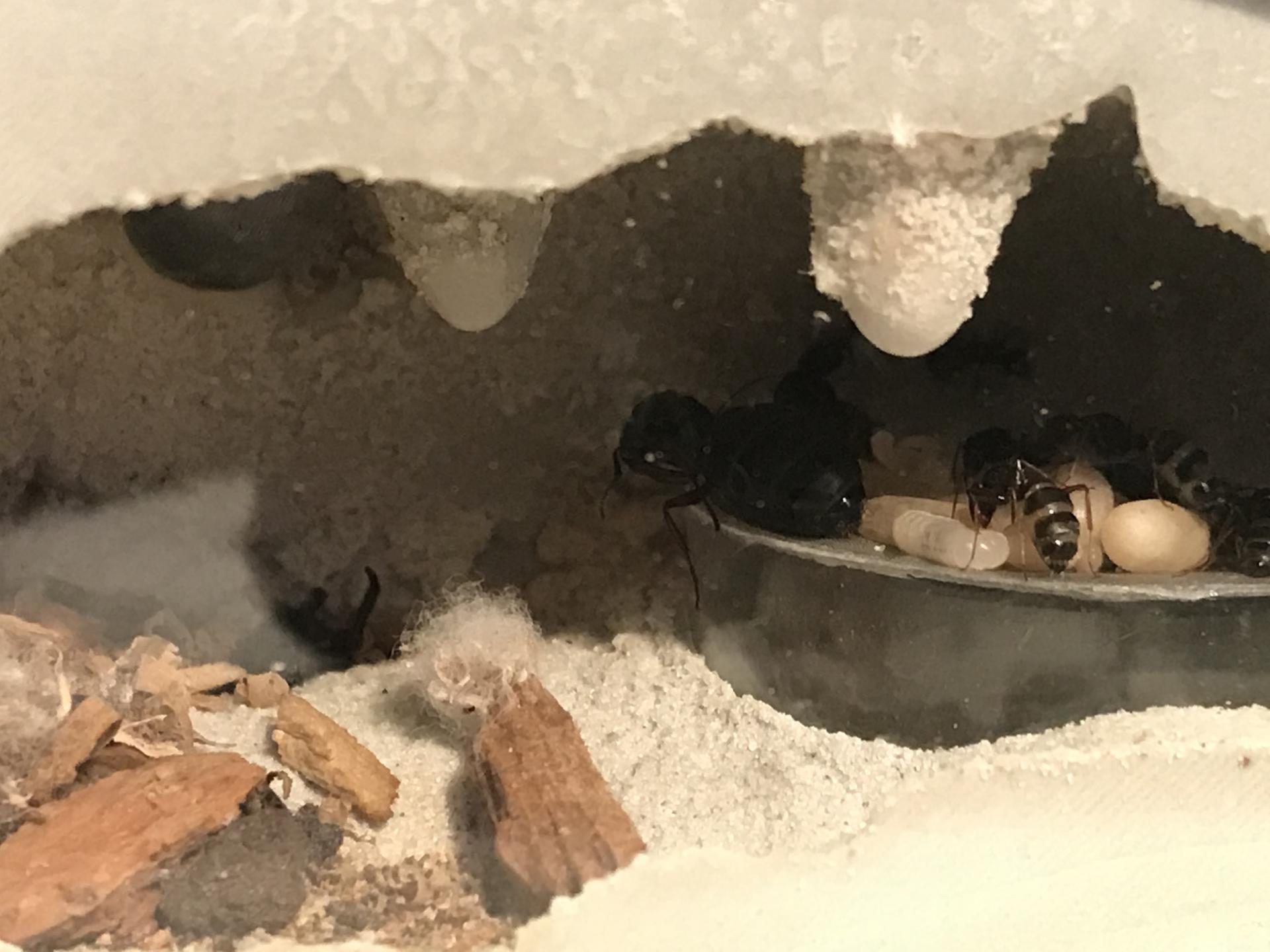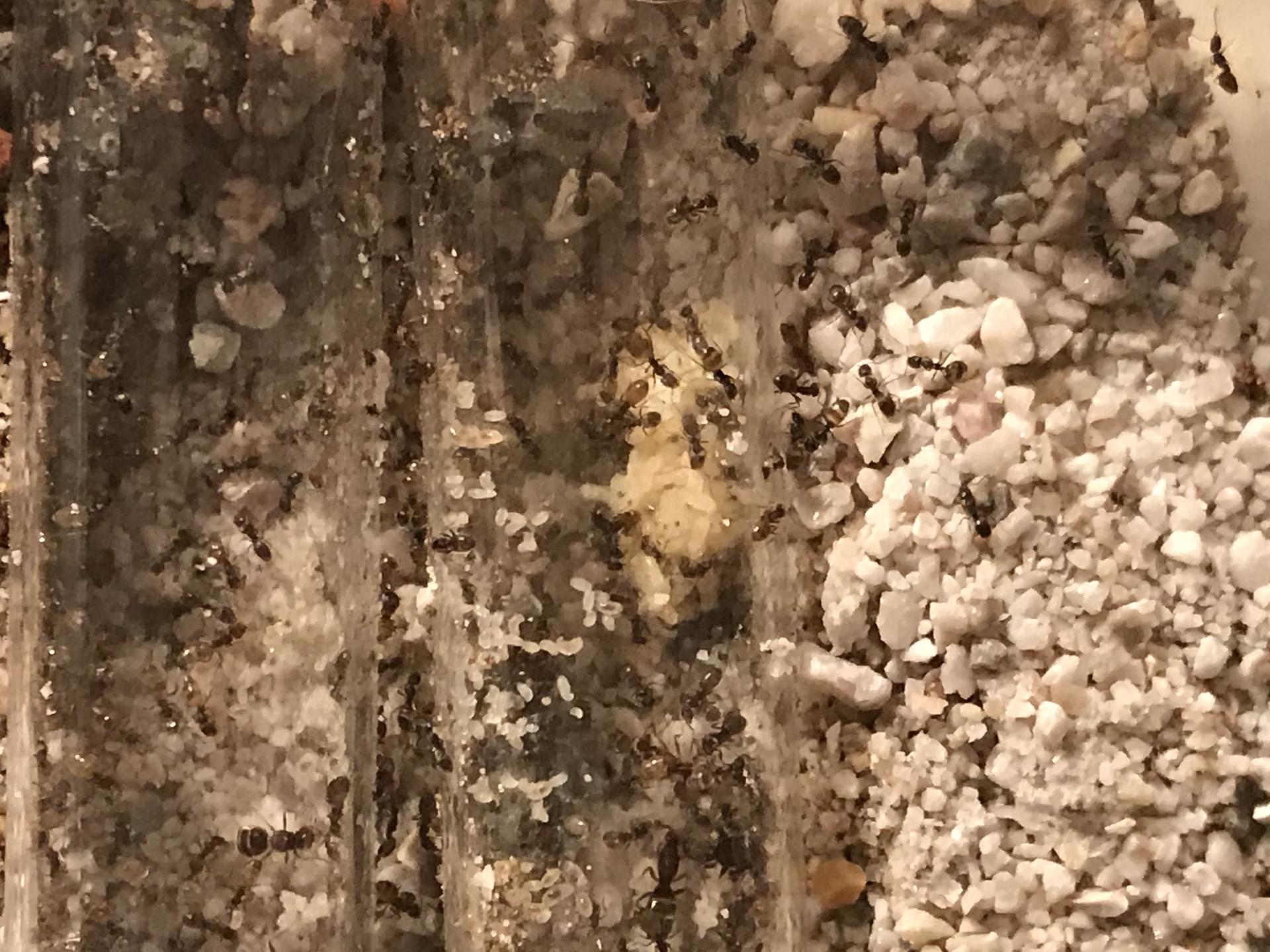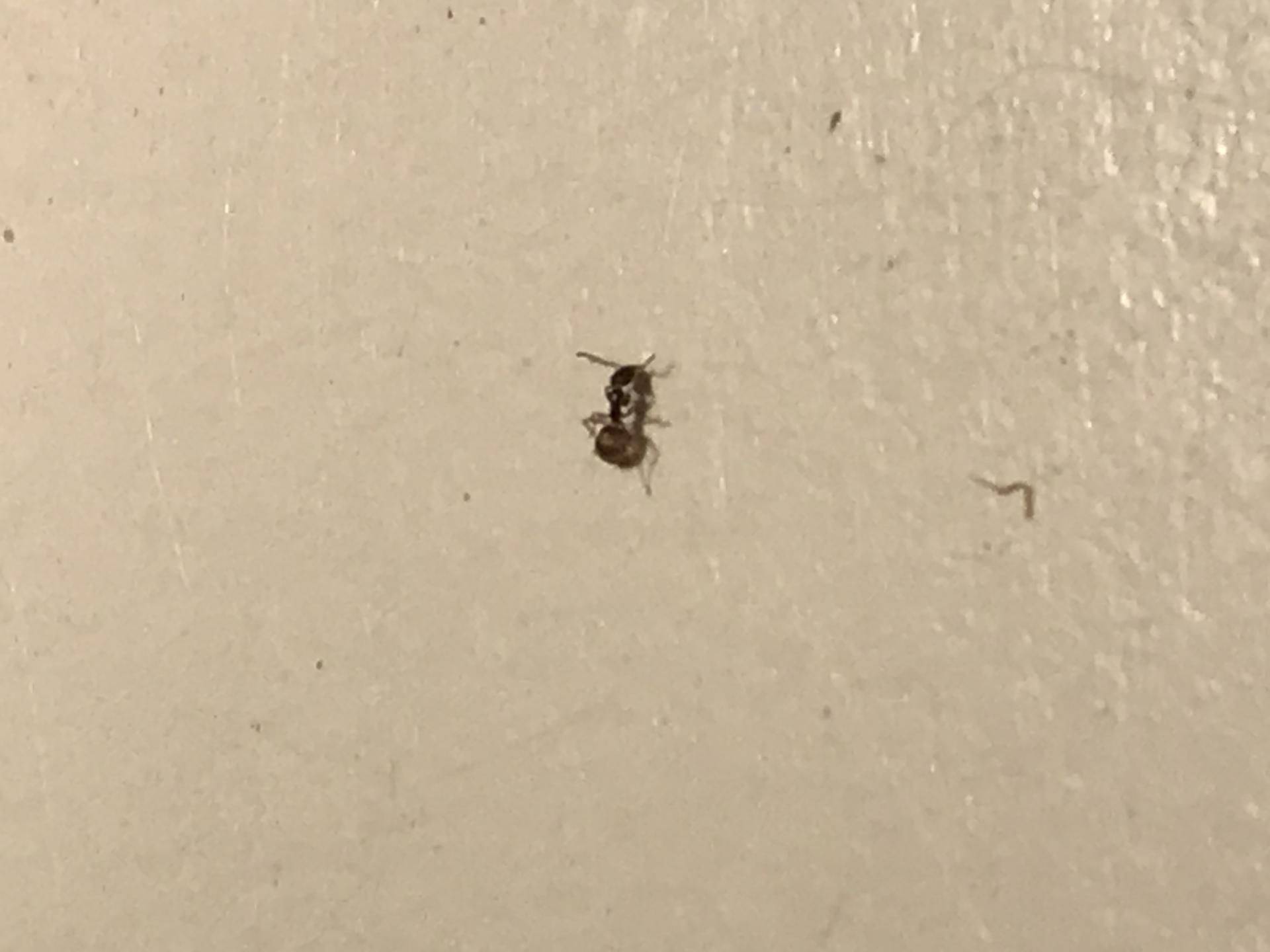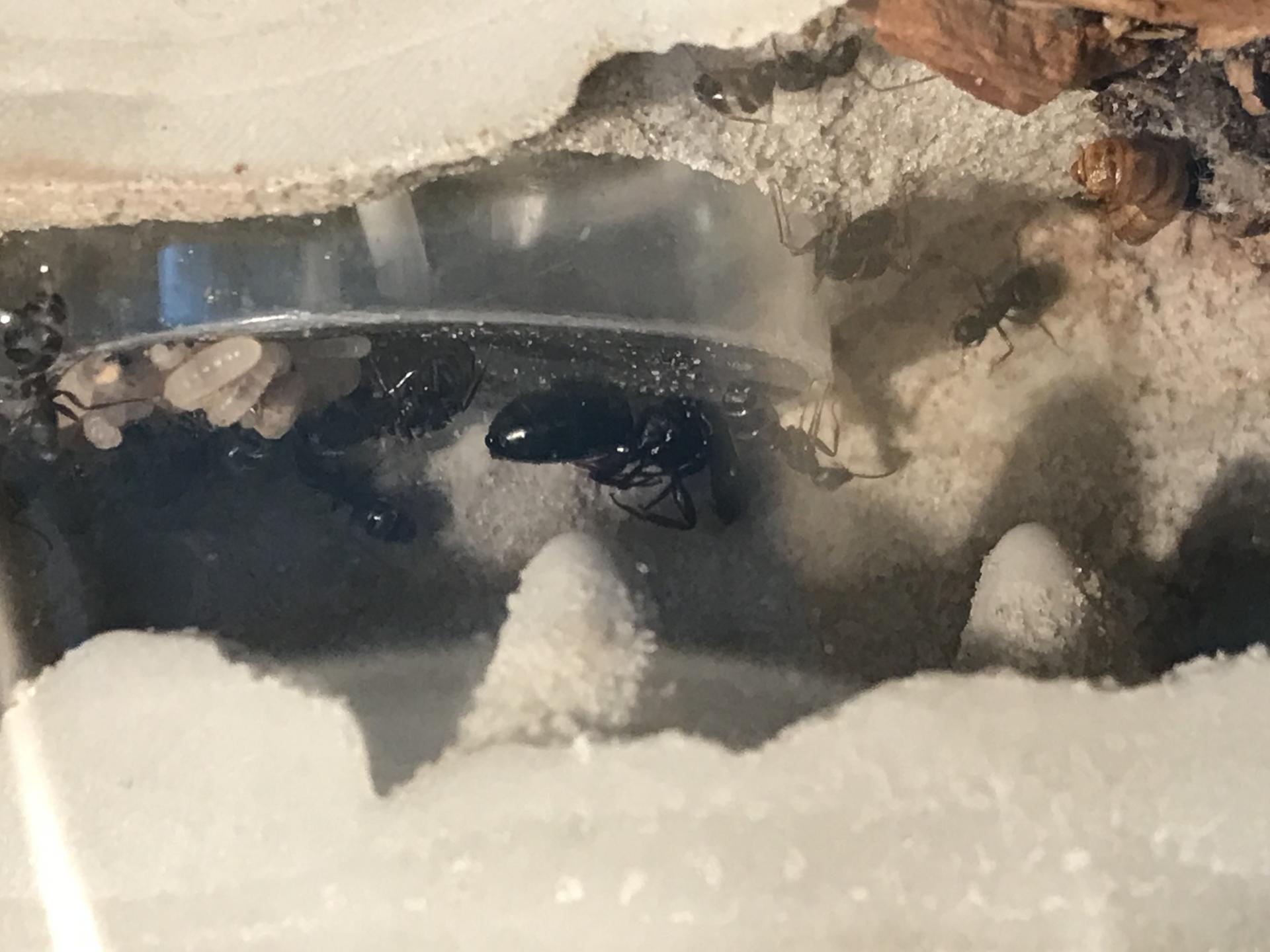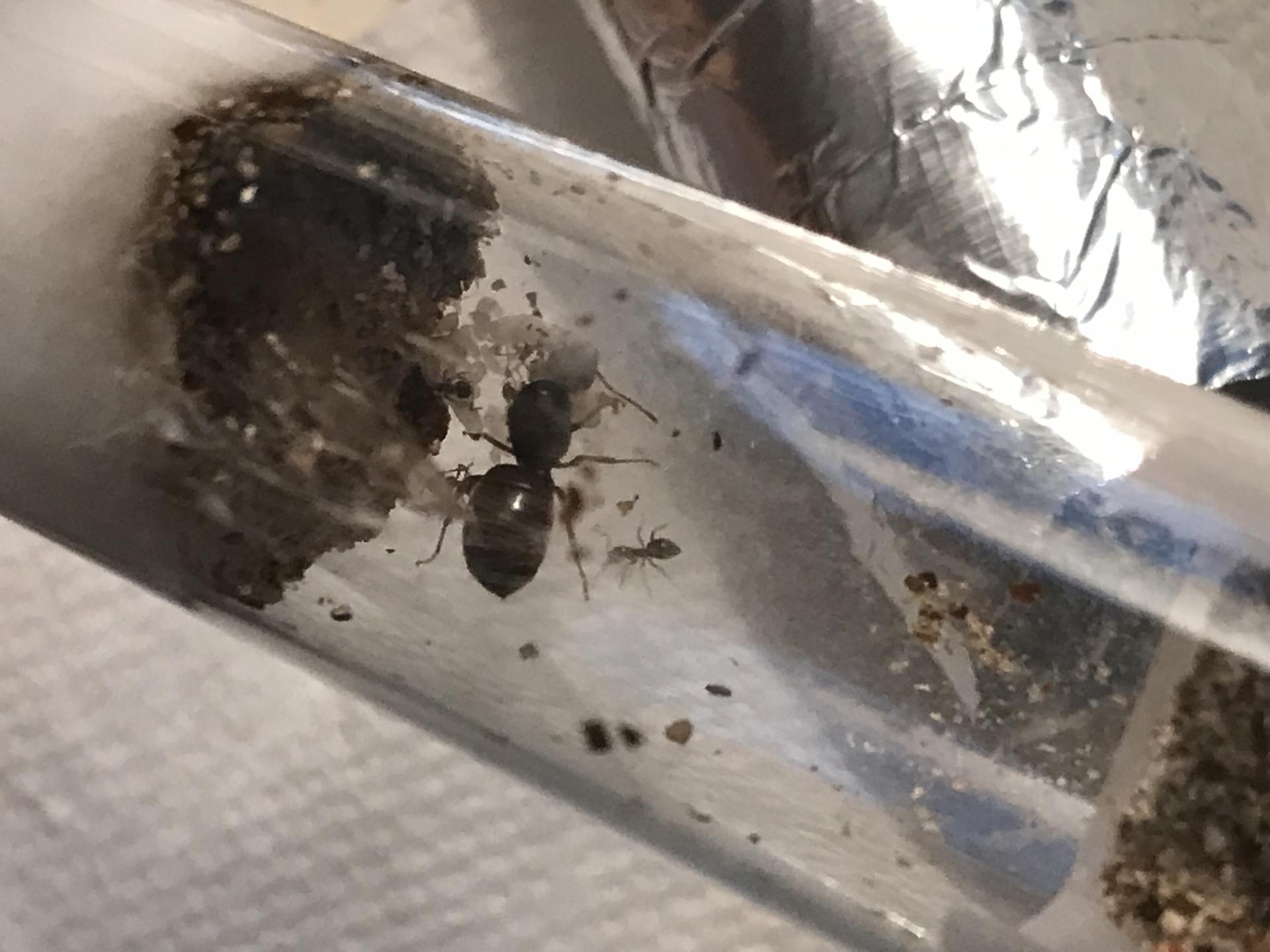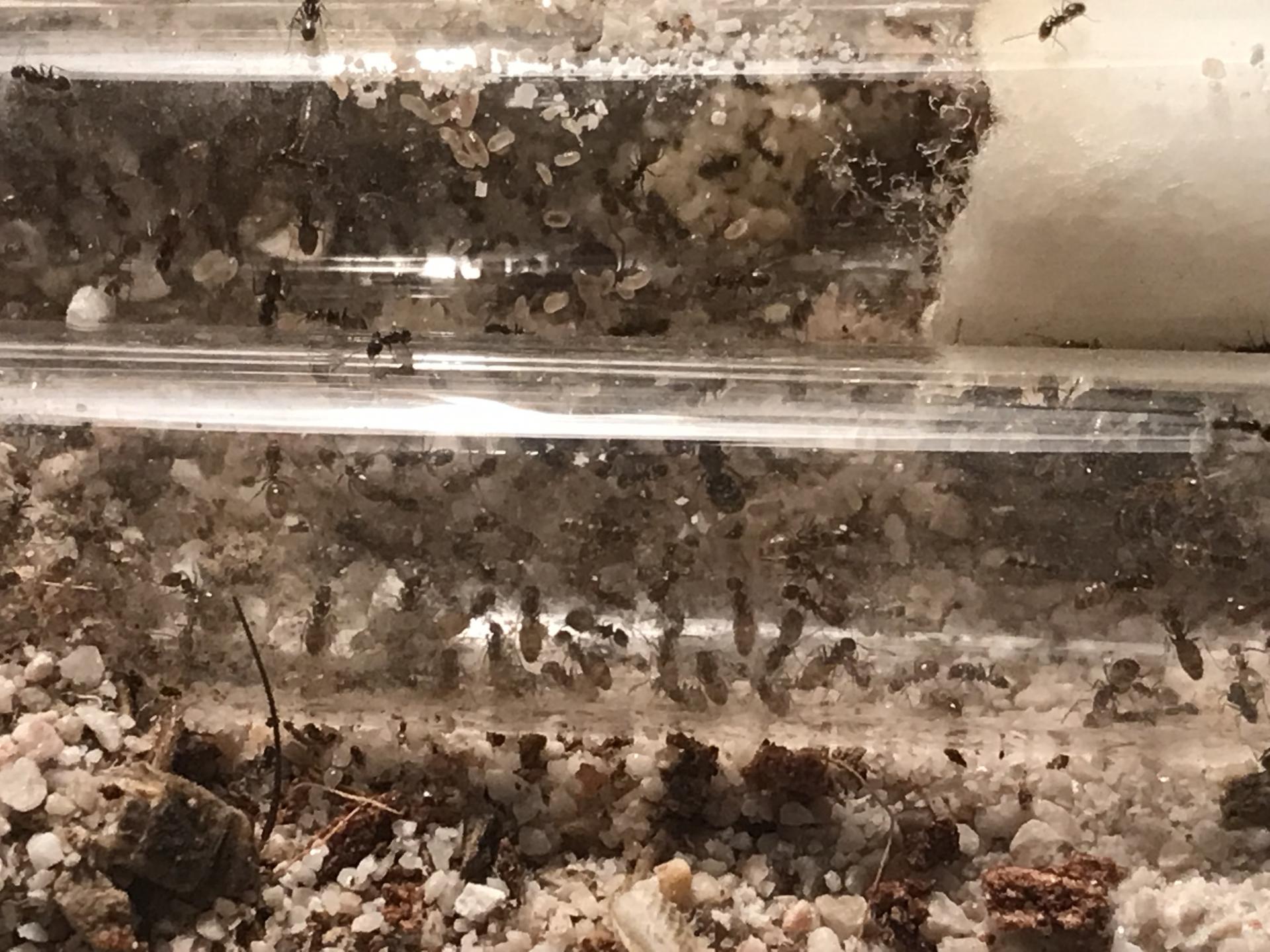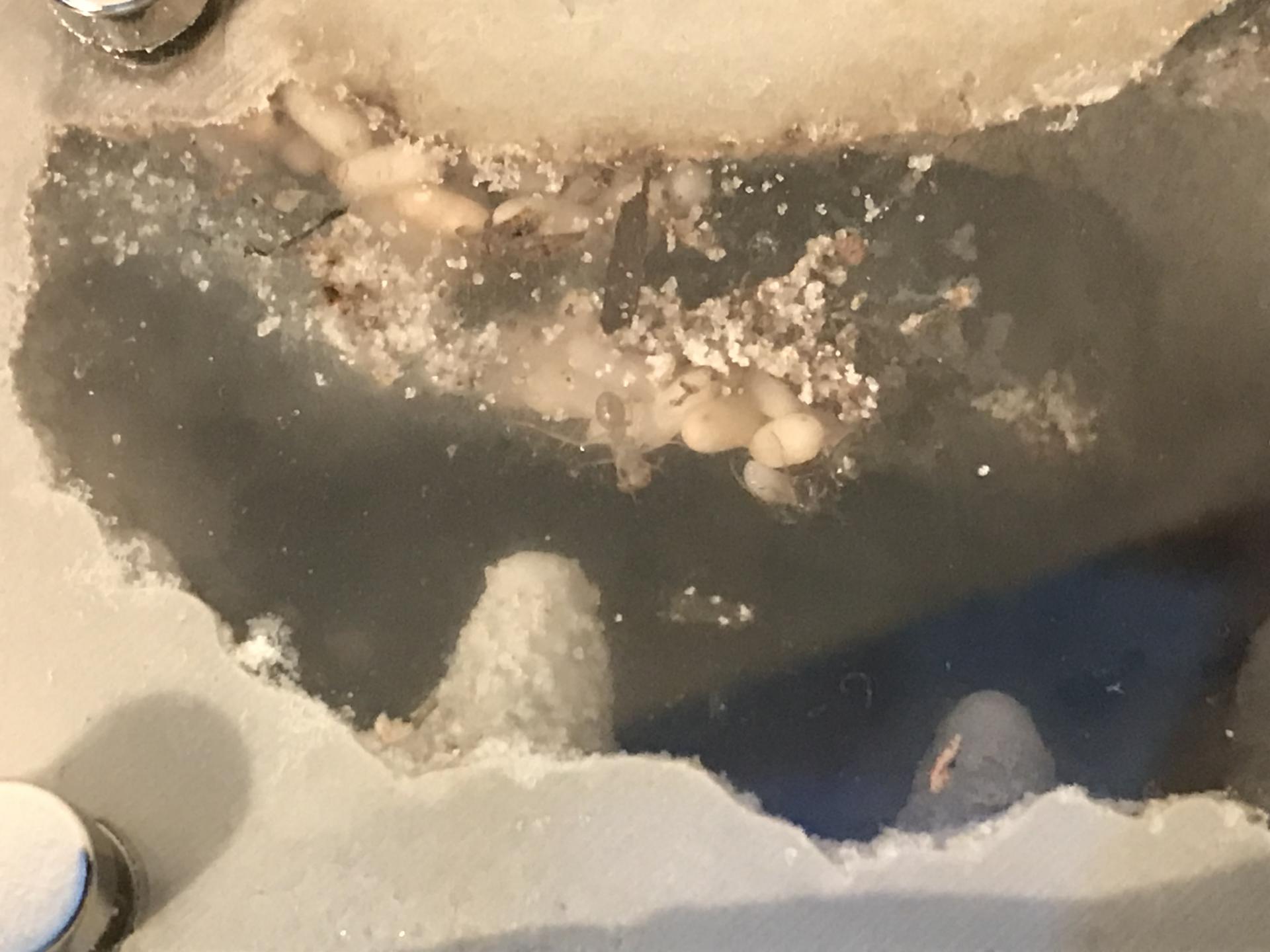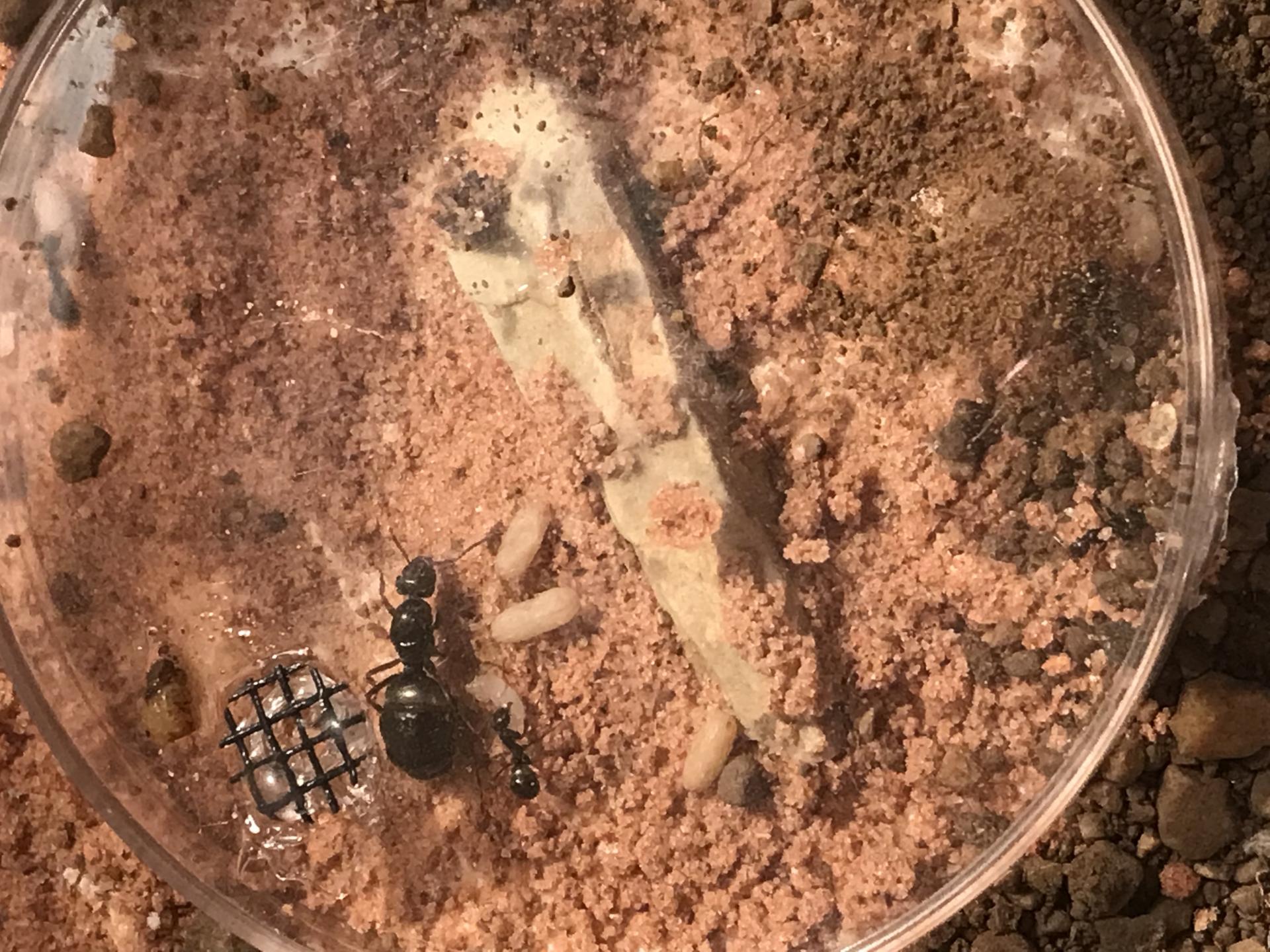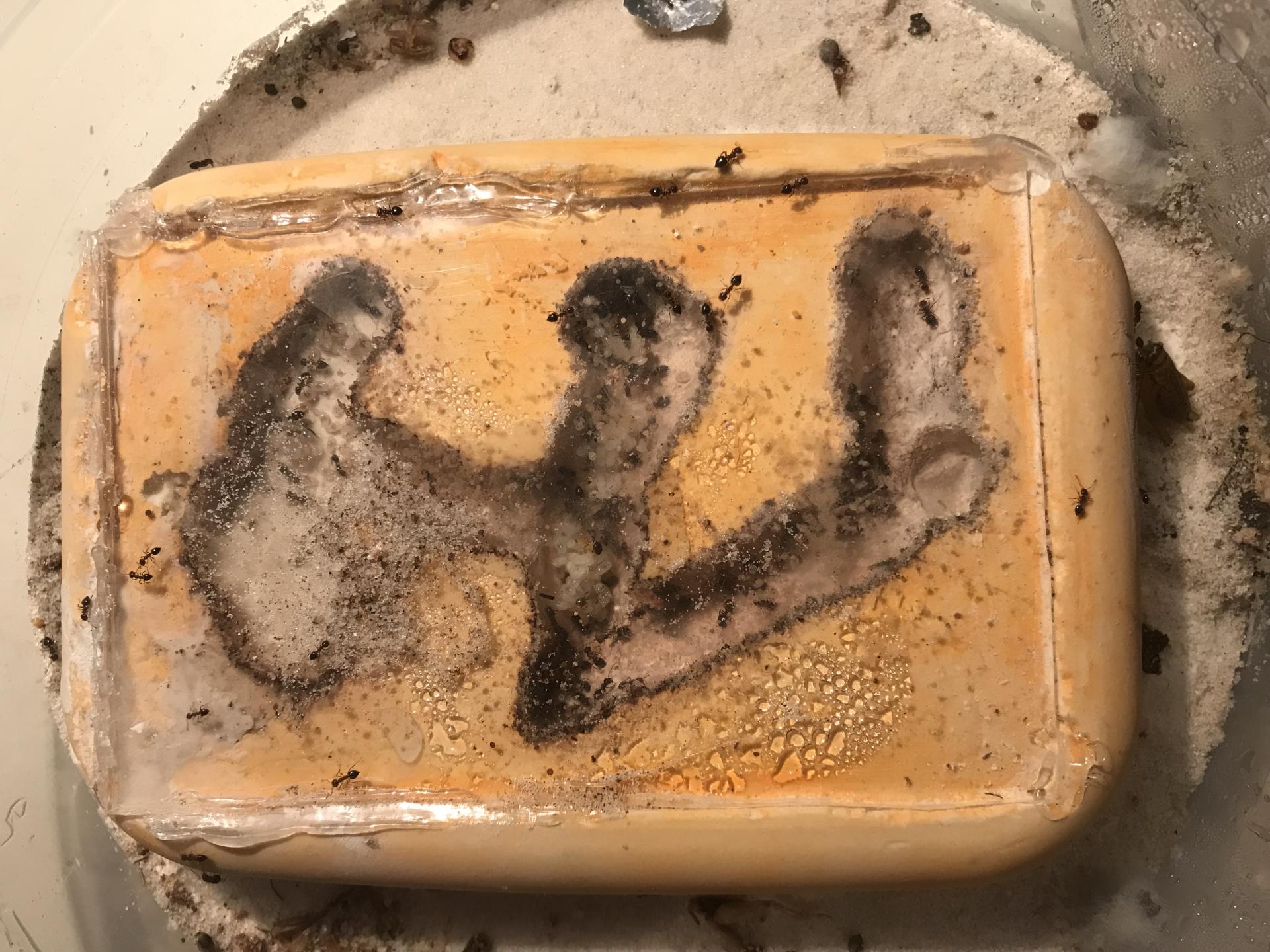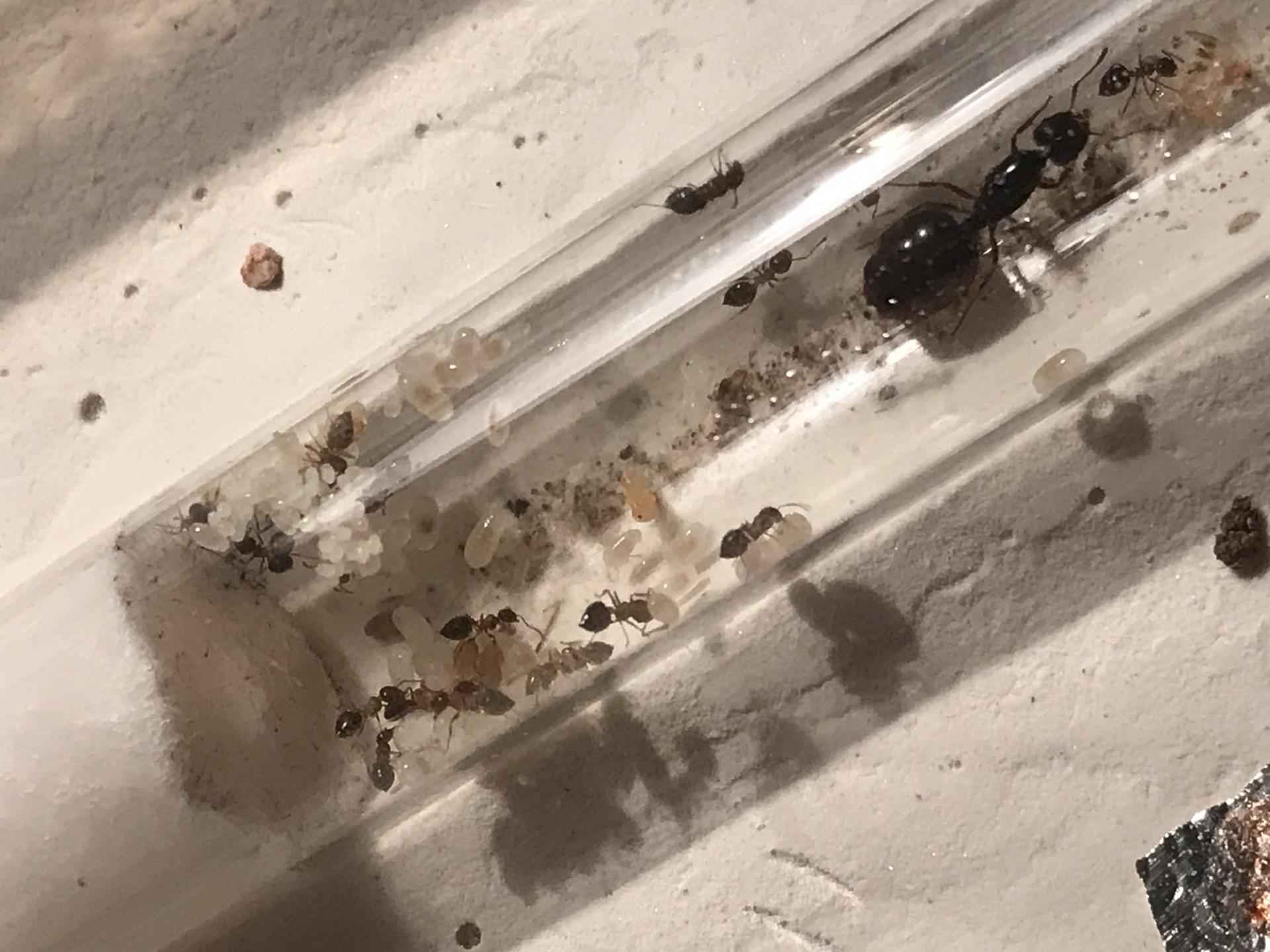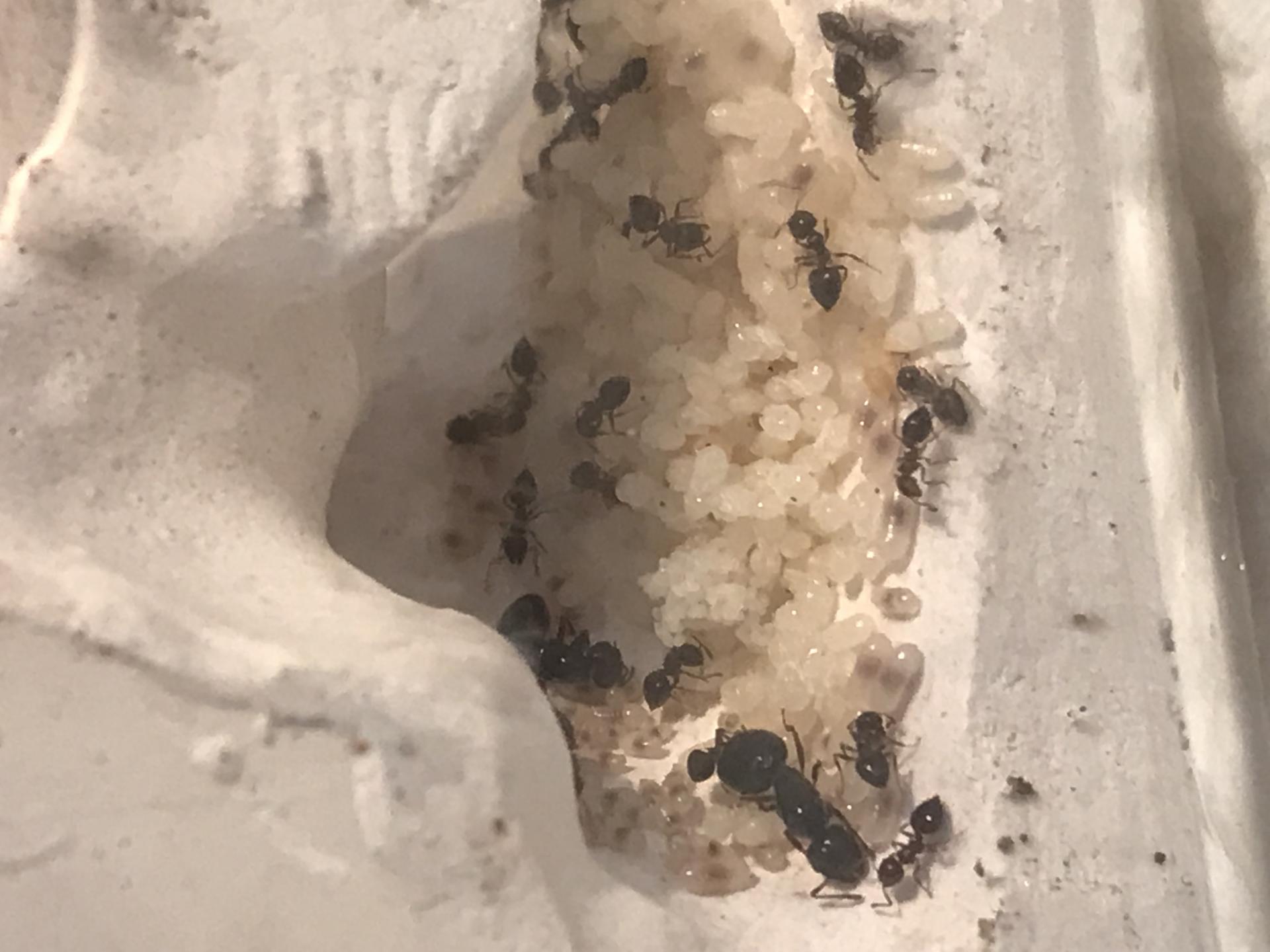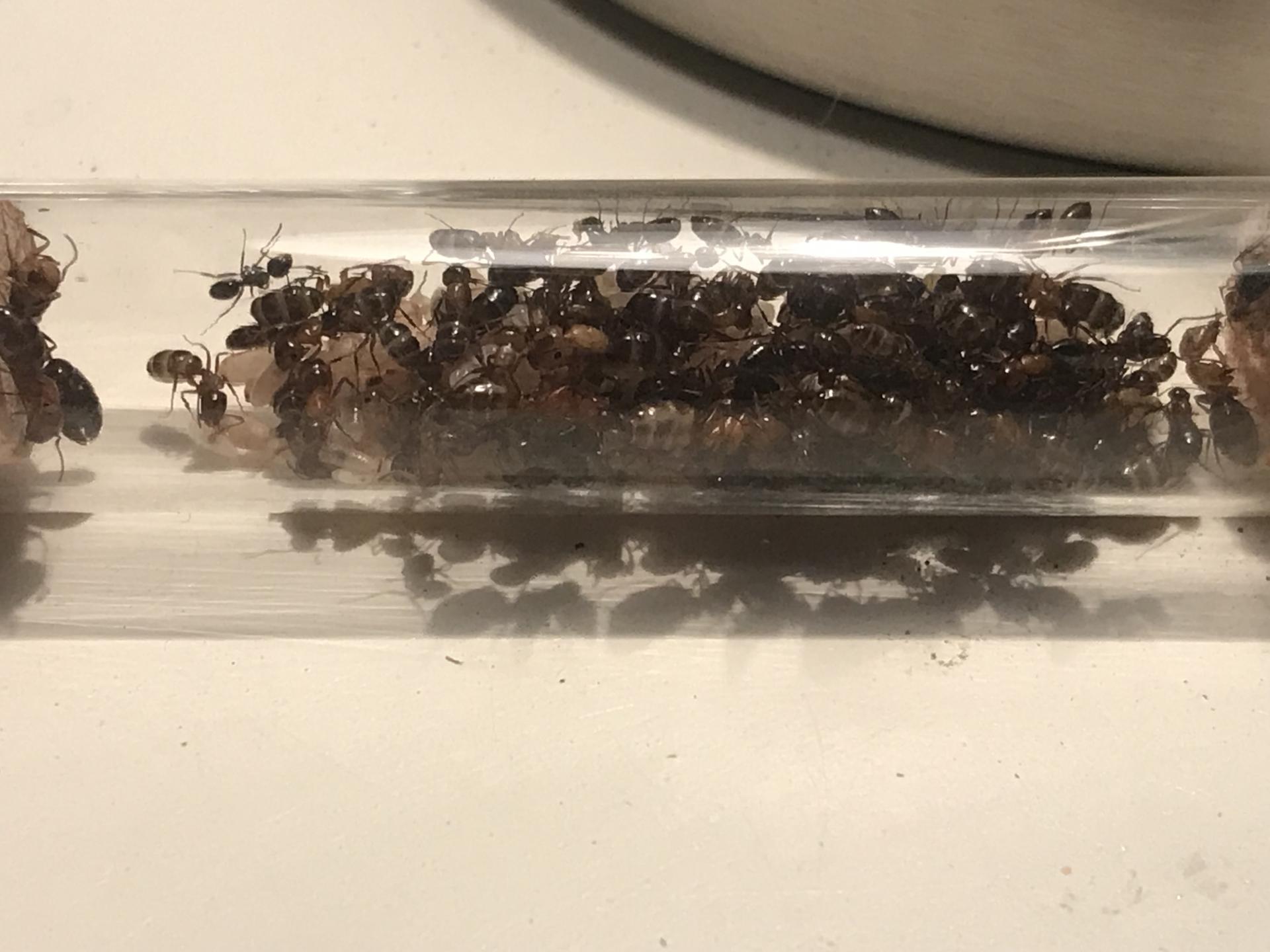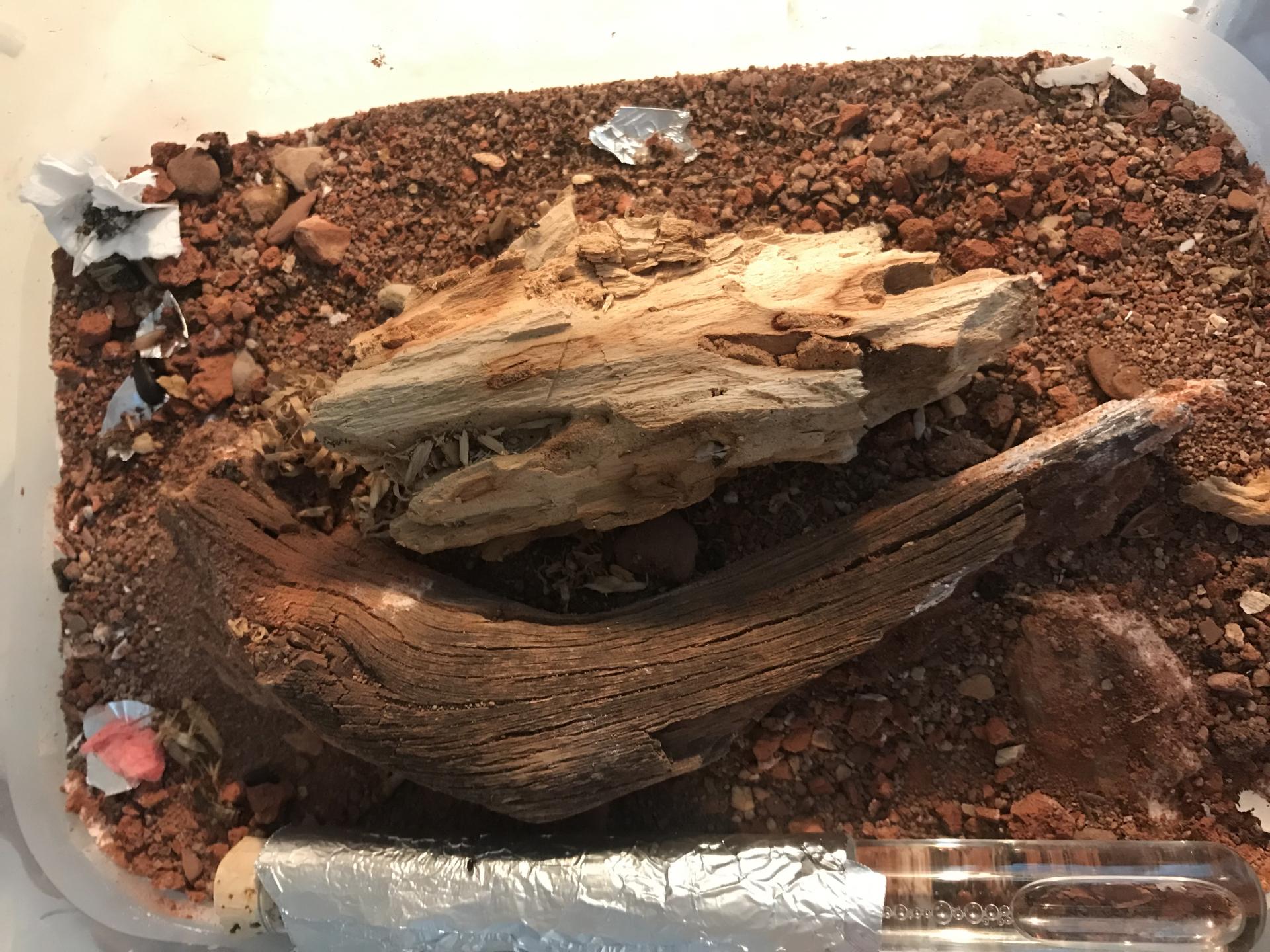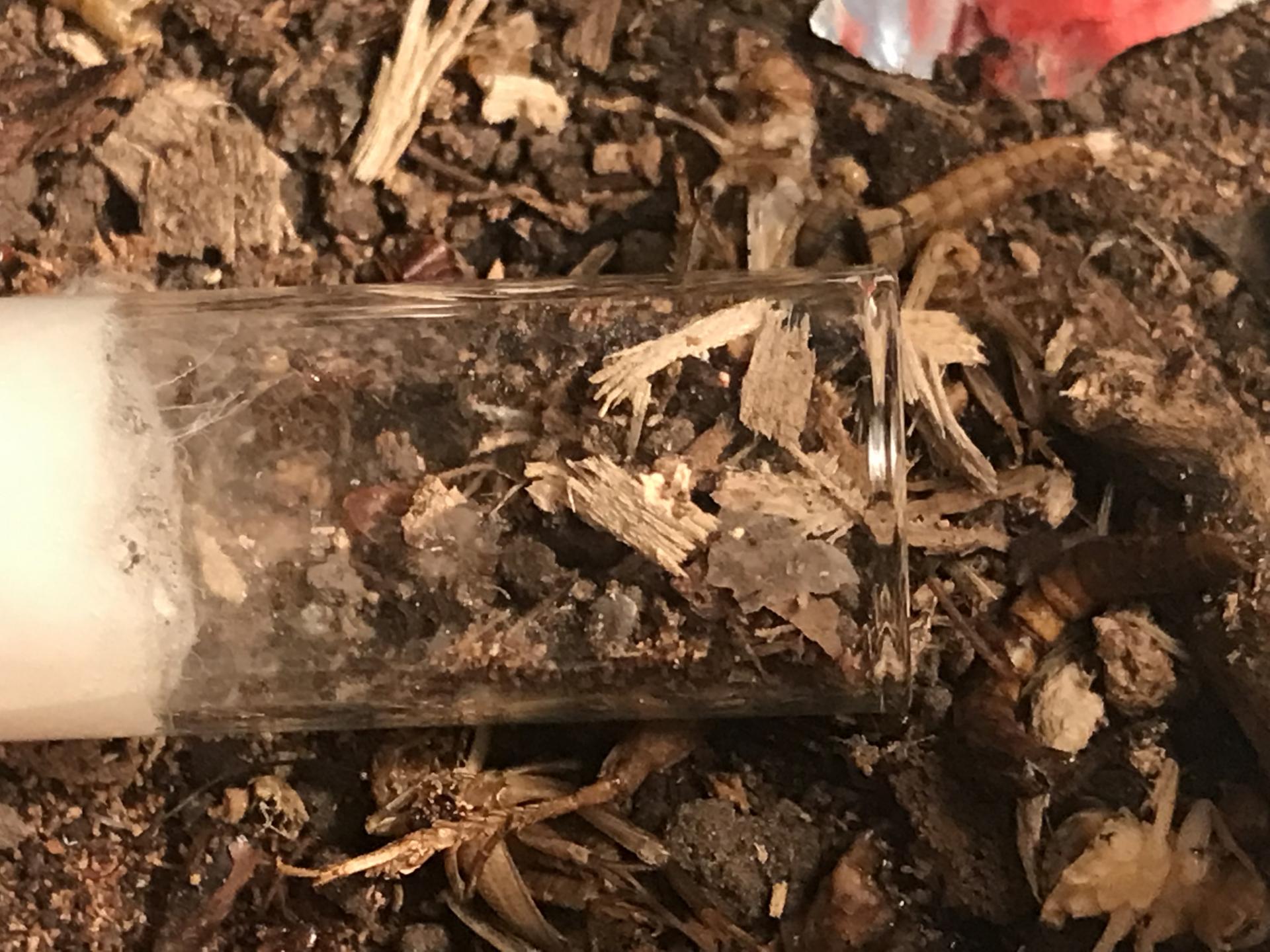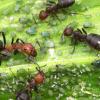I agree, Monomorium don't really attack other ants directly, it's more of them taking resources from other ants. I have seen colonies that can devour large amounts of food faster than almost any other species. Monomorium and especially Tetramorium are by far the most common species in my area, with extremely large nuptial flights, and I feel that limiting colonies close to me will allow other colonies to gain a small but steady supply of resources. For instance, I used to live in a suburban area, with Tetramorium and Monomorium dominiating. I found 2 other active colonies on the property in the time that I searched while I lived there, a Brachymyrmex and a Formica rufa colony. Every time a new food supply was found, the tetras would pull it into their mounds if the monomorium did nor get to it first, the larger formica workers never had a chance to even get reinforcements. When I first moved to the plot I mentioned earlier, there was no yard, only wild weeds and native flowers, and to my awe, multiple pogonomyrmex colonies. Since then, sod has been placed and 5 years later, no Pogonomyrmex, no camponotus, just two types of ants, very well adapted to urban areas. The most obvious solution would be to plant native plants and try to reintroduce the native ant species, but for the time being, removing some of the ants is the easiest approach in my opinion.
EDIT: The Fomica species mentioned above is not Formica rufa, but a simmilar type.
Edited by AntsUtah, April 20 2021 - 12:20 PM.









